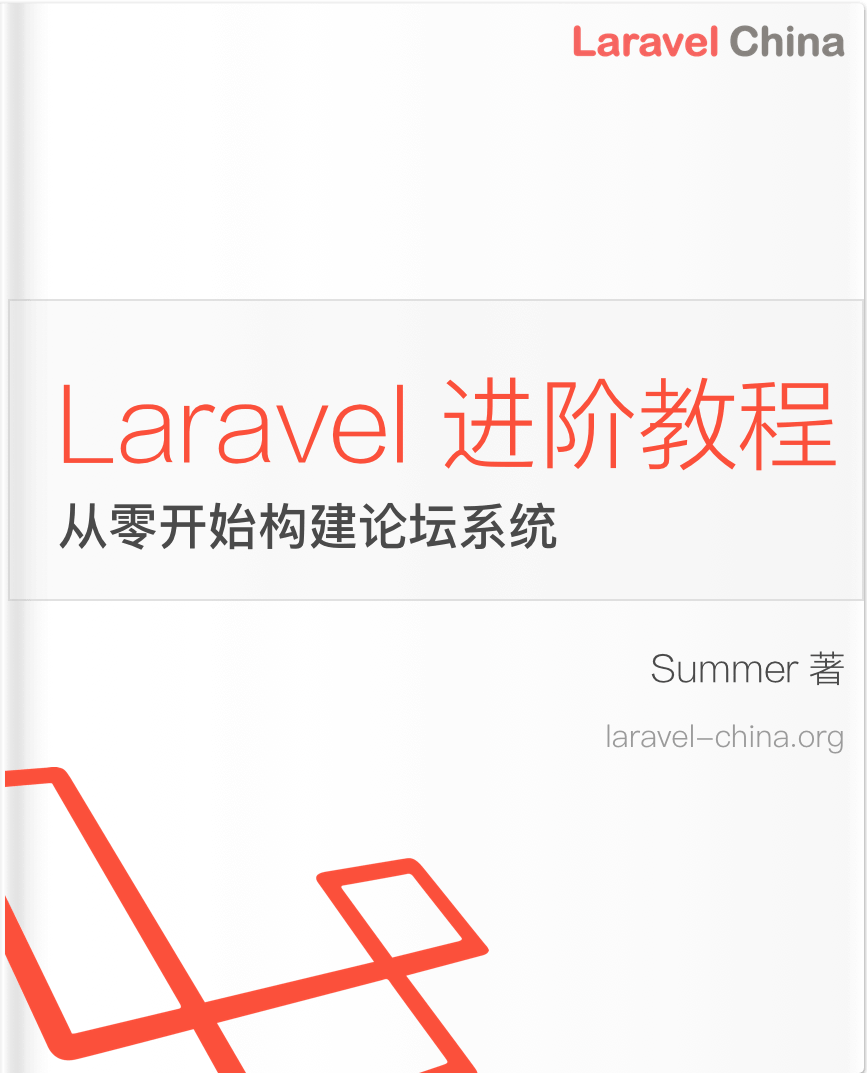2.8. 访问节流限制
Rate Limiting (throttling) allows you to limit the number of requests a client can make in a given amount of time. A limit and the expiration time is defined by a throttle. By default the package has two throttles, an authenticated throttle and an unauthenticated throttle.
Changing Rate Limiting Key
By default rate limiting is applied to a clients IP address. To change this default behaviour you can register your own resolver which should return a string
to be used by the rate limiter.
app('Dingo\Api\Http\RateLimit\Handler')->setRateLimiter(function ($app, $request) {
return $app['example']->getRateLimiterKey();
});The first parameter will be the application IoC container instance and the second is the request instance that is being rate limited.
Enabling Rate Limiting
To enable rate limiting for a route or group of routes you must enable the api.throttle middleware. Once rate limiting is enabled you must have configured some throttles or configured route specific throttling.
Require Rate Limiting On All Routes
$api->version('v1', ['middleware' => 'api.throttle'], function ($api) {
// Routes within this version group will require authentication.
});Require Rate Limiting On Specific Routes
$api->version('v1', function ($api) {
$api->get('user', ['middleware' => 'api.throttle', function () {
// This route requires authentication.
}]);
$api->get('posts', function () {
// This route does not require authentication.
});
});Route Specific Throttling
If you want to only rate limit certain routes or groups of routes you can use the limit and expires options in your routes.
$api->version('v1', function ($api) {
$api->get('users', ['middleware' => 'api.throttle', 'limit' => 100, 'expires' => 5, function () {
return User::all();
}]);
});This would set a request limit of 100 with an expiration time of 5 minutes for this specific route. If you were to set it on the group then each route within the group would have a limit of 100.
$api->version('v1', ['middleware' => 'api.throttle', 'limit' => 100, 'expires' => 5], function ($api) {
$api->get('users', function () {
return User::all();
});
$api->get('posts', function () {
return Post::all();
});
});A user could visit both the /users route and the /posts route 100 times each. The limit does not apply to the entire group but to each route within the group.
Custom Throttles
You may need a custom throttle for more complex scenarios where you need to meet a couple of conditions in order for the throttle to be applied. A throttle must implement the Dingo\Api\Contract\Http\RateLimit\Throttle, however, an abstract class does exists to quickly get started. Each of the predefined throttles extends this abstract class.
All a throttle does is attempt to match a given condition. The throttle should return true or false depending on whether or not it matches the condition. As an example you might want to match that an authenticated user belongs to a given group.
use Illuminate\Container\Container;
use Dingo\Api\Http\RateLimit\Throttle\Throttle;
class CustomThrottle extends Throttle
{
public function match(Container $app)
{
// Perform some logic here and return either true or false depending on whether
// your conditions matched for the throttle.
}
}You can then configure your throttle.
'throttling' => [
'custom' => new CustomThrottle(['limit' => 200, 'expires' => 10])
]Or register it in your Lumen bootstrap file.
app('Dingo\Api\Http\RateLimit\Handler')->extend(new CustomThrottle(['limit' => 200, 'expires' => 10]));
 Dingo API 3.x 中文文档
Dingo API 3.x 中文文档



 关于 LearnKu
关于 LearnKu



